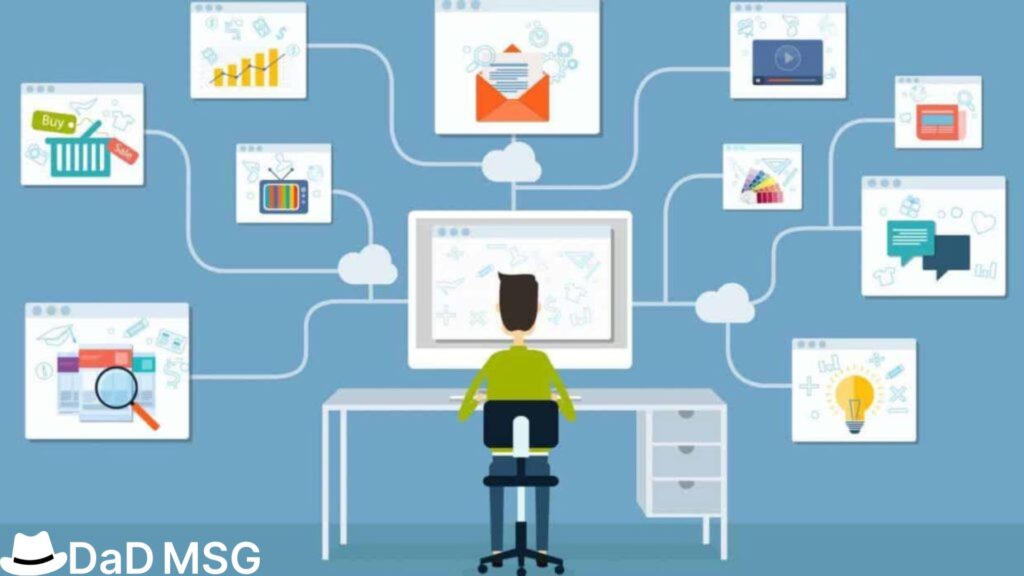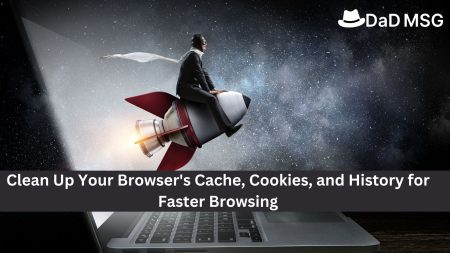Are you dissatisfied with the existing outcomes of your digital advertising? In terms of reach, targeting, or creative forms, are you looking for digital solutions that go beyond paid social ads? In our programmatic advertising beginner’s guide, we explain what it is, how it works, and why it may yield considerably better results when done correctly.
What is programmatic advertising?
In its most basic form, programmatic advertising is just the purchase of advertisements online using a computer interface with no human participation.
Programmatic advertising has existed since the advent of the internet. Google AdWords debuted in 2000, and its display ad network (AdSense) debuted in 2003. You specify your campaign requirements (budget, bid price, targeting, and so on), and the computer determines what ad space to purchase and how much to pay for it.
Why should you use programmatic advertising in your media plan?
So, what is it about programming that has suddenly become such an important element of everyone’s plans? Simply because buying advertisements programmatically is more efficient; it is simpler and less expensive than doing it manually.
Ad exchanges enabled SSPs (which publishers use to sell ad space) to communicate with DSPs (which advertisers use to buy ads). Since this was initially accomplished in 2006, the amount of advertising purchased programmatically has constantly increased, but it was the ability to include user data into the mix that triggered the programmatic boom. Suddenly, programming became more effective and efficient.
How advanced programmable technology boosts performance
Google’s display network (GDN) is an excellent area to begin experimenting with programmatic display advertising. However, it is only intended for modest and uncomplicated campaigns. To get the full benefits of programmatic media, you must have access to a comprehensive DSP as well as advanced programmatic skills. This significantly increases the size of your campaigns and opens you with a plethora of advanced strategic, analytic, and creative alternatives that will significantly boost performance media outcomes.
If you have reached the boundaries of what you can do with the GDN, you should look into programmatic technologies like DBM (Google’s DoubleClick Bid Manager) and independent trading desks (ITD). These display ad platforms have vastly different capabilities, and it is critical to understand what each provides before deciding which is ideal for your organisation.
Four important distinctions between GDN, DBM, and ITDs.
Let us compare how the various systems stack up by evaluating four important distinctions between GDN, DBM, and ITDs .
Inventory
If you wish to reach additional prospective clients, you must abandon the GDN and advertise on sites other than the Google AdSense network. DSPs can get access to hundreds of ad exchanges and private marketplaces (groups of sites with invite-only access) that will deliver considerably larger audiences and more relevant content.
However, with increased reach comes increased risk, and you must be extra cautious about brand safety as well as other inventory quality problems such as fraud and viewability.
Within DBM, Google administers its brand safety procedures, but for the greatest protection, employs an independent, third-party provider such as Integral Ad Science. Companies like these are used by ITDs to evaluate all inventory and give comprehensive controls that identify and protect advertisements from appearing on specific categories of content, eliminate fraudulent ad impressions, and allow viewability to be assessed and changed.
Most excellent ITDs will additionally maintain large blacklists of harmful sites as well as tiered whitelists to give even more assurance.
Read more :-
Audience segmentation
The GDN includes a good selection of basic targeting choices, but DBM has hundreds of options encompassing demographics, interests, and buy intent utilising first and third-party data.
ITDs can provide all of this while also employing more sophisticated audience targeting tactics. Data from exclusive media partners, for example, and a DMP connected with data partners such as Experian, Digital Element, Comscore, Integral Ad Science, and Proximic – as well as more esoteric data such as weather and sports feeds.
This enables greater targeting accuracy (for example, the ability to target particular postcodes) and the capacity to overlay diverse types of data, allowing us to optimise several locations, keywords, contexts, and audiences at the same time. In DBM, this would be a very difficult procedure because each would require a unique approach and the number of distinct data permutations would be enormous.
Creative
While inventory and targeting are critical, it is also critical that your creative makes an effect and engages your audience. GDNs provide text, basic display, and video advertisements, whereas DSPs specialise in rich media display and video ads.
The ability to employ dynamic creativity to offer customised advertising depending on user behaviour, geography, or context is one of the key benefits of moving up from the GDN. DCO uses the user data in the DMP and your product feed to produce an ad on the fly, modifying the message text and pictures to fit the web user surfing the site.
Attribution and strategy
DSPs’ more advanced capabilities enable you to run campaign tactics that may truly turbocharge your digital marketing. Audience segmentation, lookalike modelling, and numerous data overlays may all improve performance, and the audience and data insights you gain can be leveraged to better understand your current consumers and find new ones.
However, because of new tools and techniques, campaign success must be judged in new ways. Basing campaign performance on last-click attribution (often utilised for GDN campaigns) will not provide you with the complete picture – and is especially destructive when the strategic aim of a campaign is to create incremental sales.





1 Comment
Thanks for sharing. I read many of your blog posts, cool, your blog is very good.